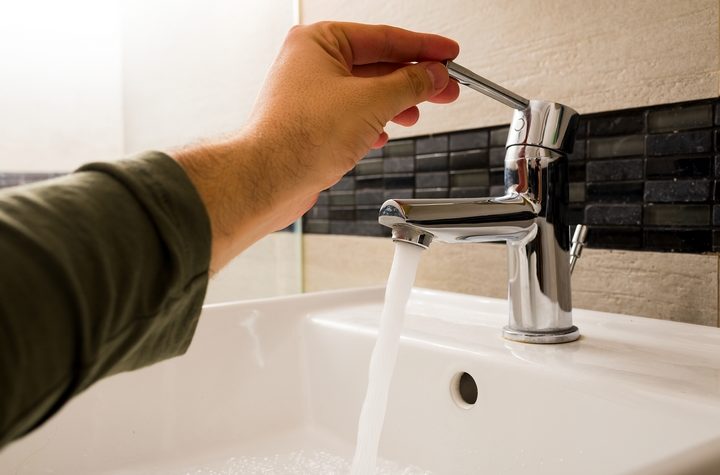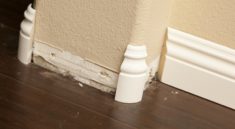You may not realize how easy it can be to fix something like a kitchen faucet all on your own without having to call a professional. Unlike other riskier DIY projects, a faucet is something any renter or homeowner should know how to tackle.
Faucets can come loose with age. It’s relatively common and not a sign that there’s anything wrong per se. That said, if you don’t fix a loose kitchen faucet, there is a chance it could impact your plumbing. This is why it’s strongly recommended you should hire a plumber to fix a loose kitchen faucet.
There can be several causes of a loose kitchen faucet but the majority of the time, it’s just an untightened nut. It’s usually what holds the base and head together on the faucet. The threats damage over time and as they wear out, the nut loosens on the underside and the faucet eventually struggles to remain tightly in place.
Does your kitchen faucet keep coming loose? Here’s everything you need to know on how to fix a loose kitchen faucet:
How to fix a loose kitchen faucet
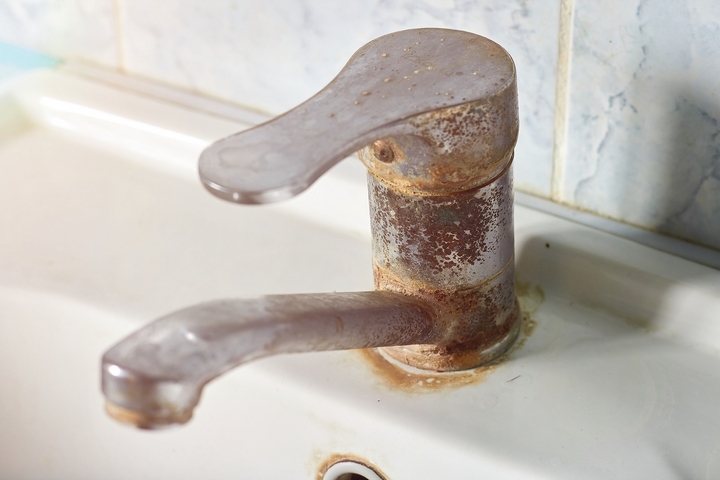
To fix a loose kitchen faucet, look at what’s holding the base and head together. It’s usually just a matter of tightening that. The difficulty here then becomes seeing or locating the nut. Assuming it’s within reach, once you have it in your line of vision, it’s just a tightening that’s left.
Understanding the mechanics of a faucet
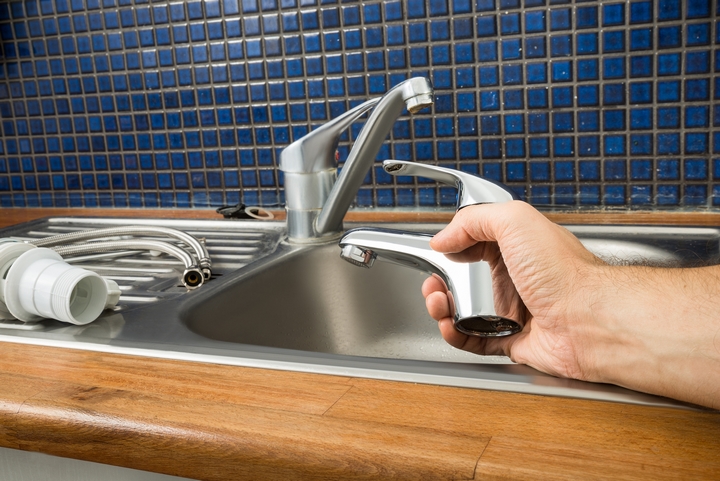
With any faucet, you have a base and a head. They are connected with an undermount bolt that’s held together by screws. As those screws loosen for the reasons already mentioned, a faucet starts to swivel around.
Over-tightening the screws can cause them to slip on the bolt though not immediately. This is another reason why a kitchen faucet is loose. Be careful when tightening screws.
Tools needed to fix a kitchen faucet
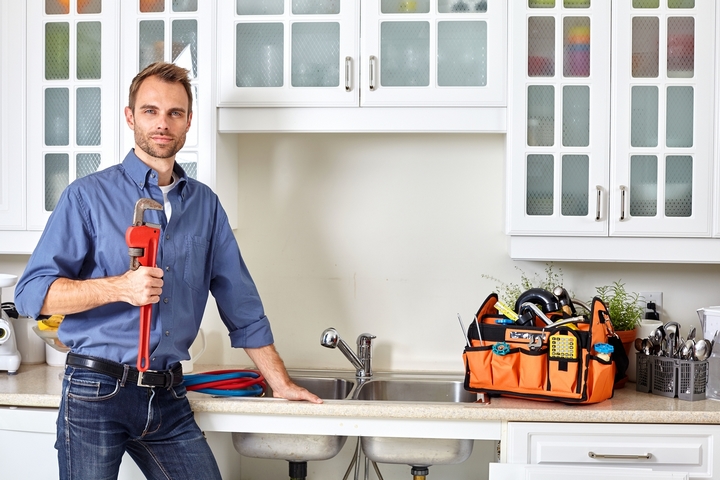
You will need two things. The first is a flashlight to find the bolt under the sink. The second is an adjustable basin/sink wrench. If you have a regular wrench, this can also work in some cases.
Some homeowners, however, have difficulties with a regular wrench. This makes a basin/sink wrench the best choice.
Clean the under-sink and turn off the water
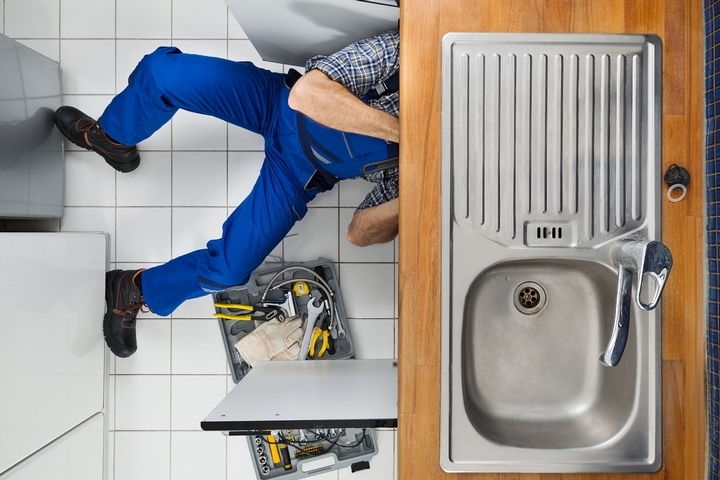
Remove all items from the under-sink cabinet. Wipe down the dirt or dust on the upper surface as well. Dust can fall down into one’s eyes or nose as they work.
Wearing a face mask may also be something you want to use to avoid coming in contact with this sort of dust though it’s not a requirement. Next, find the water valves under the sink and turn them off. There will likely be two valves here.
Where is the underside bolt on a kitchen faucet?
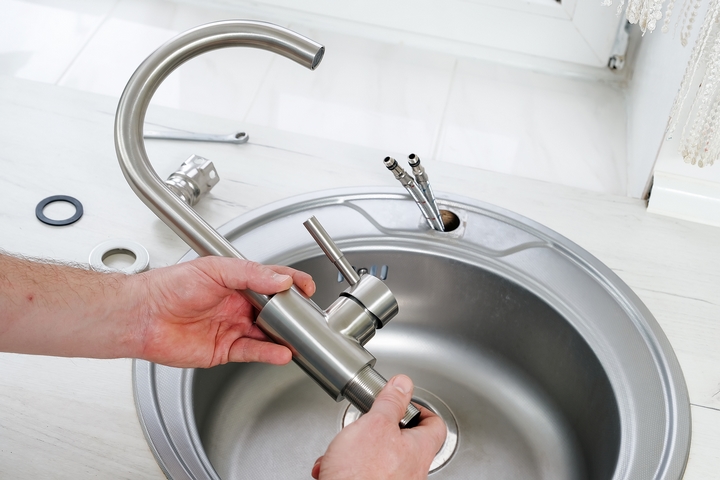
A bolt for a kitchen faucet is typically right below the faucet’s location. It isn’t very difficult to find as it’s necessary to hold everything together. It can only really be in one place. We know the kitchen cabinet’s not the brightest place in the world and so use your flashlight to look around if you have any difficulty seeing.
Set your wrench to size and tighten it
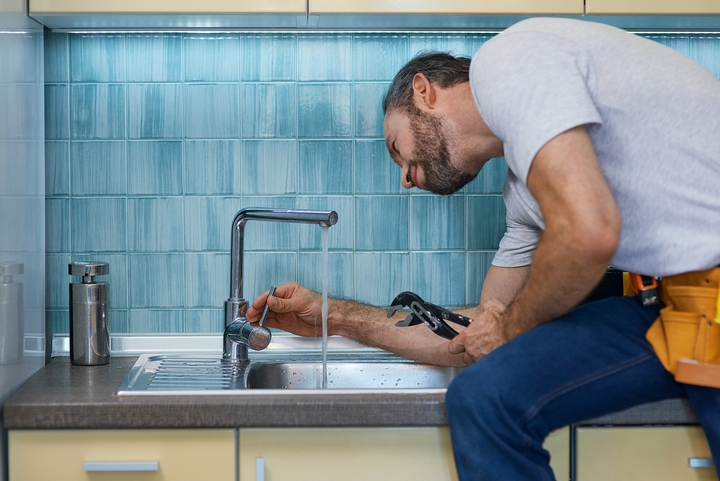
Take your adjustable wrench and set it to size according to the nut on the faucet bolt. Then, grip the nut with your wrench and turn clockwise. You may have to adjust your physical position depending on where the nut is located.
Under-tightening v. Over-tightening
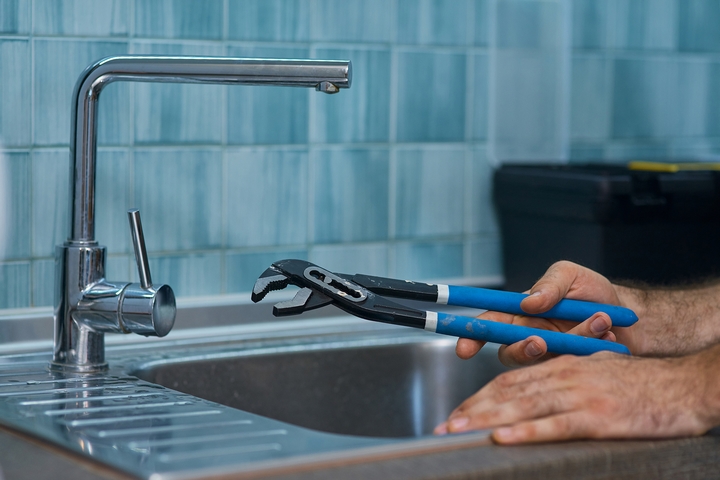
When you tighten a loose kitchen faucet’s nut, make sure you get it right. You don’t want to under-tighten as this will not fix anything. You will have to repeat the process again if you under-tighten. Alternatively, if you over-tighten, you could slip over the bolt. Find that sweet spot and appropriately tighten the nut until it feels right.
Try the faucet
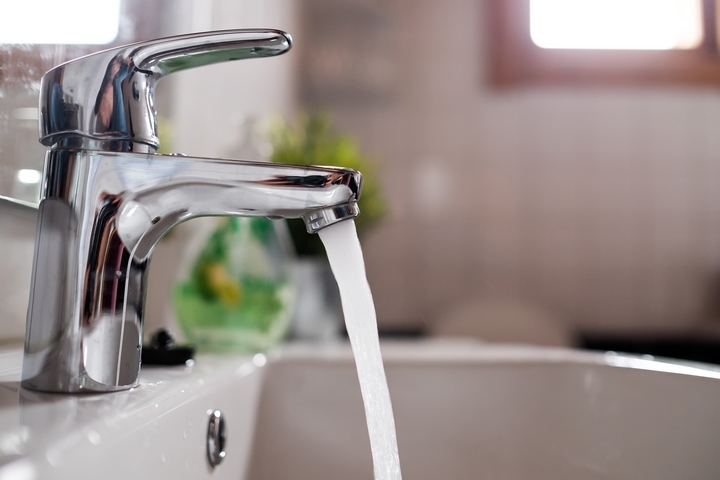
You’re done! The last thing to do before you pack away your tools is to grab the kitchen faucet and see if you can give it a little shake. Don’t be rough with it. Just a gentle push-pull to see if you’re still running into the same issue. It should be tight, set, and with that, you can move on with your day.
When you need a plumbing expert

If you’ve gone through the process of tightening the kitchen faucet nut twice and it is still loose, it’s time to call a plumber. A plumbing expert can inspect the kitchen faucet and verify there aren’t any major problems that are going undiagnosed or unrepaired.
It is rare that a plumber’s needed for a simple kitchen faucet tightening but it does happen. If you’ve done what you can and the issue persists, don’t hesitate to get a professional inspection done. This is the safest way to proceed.

